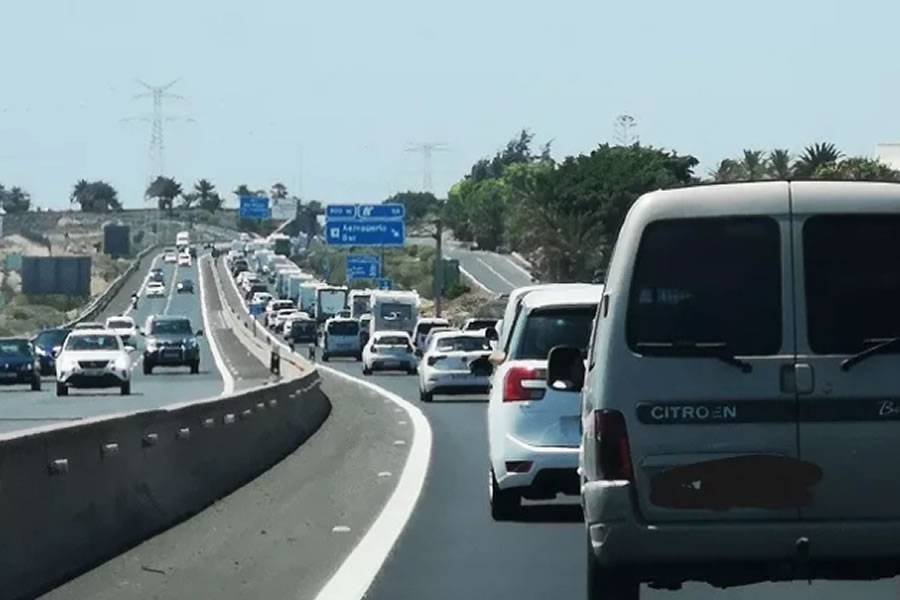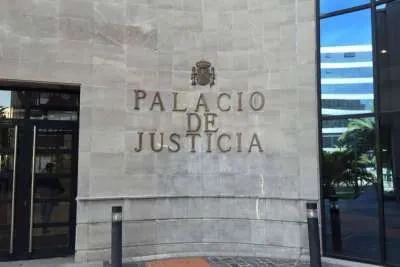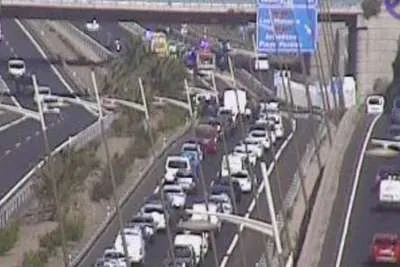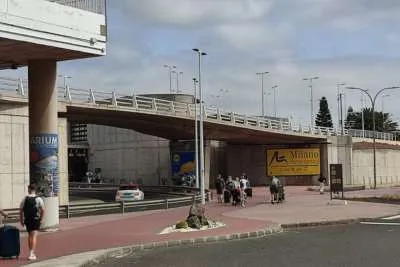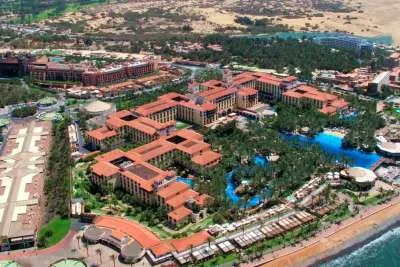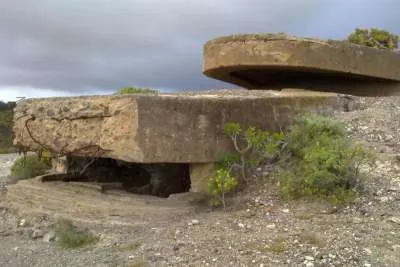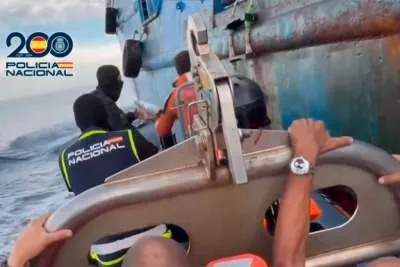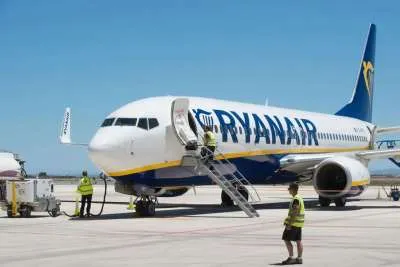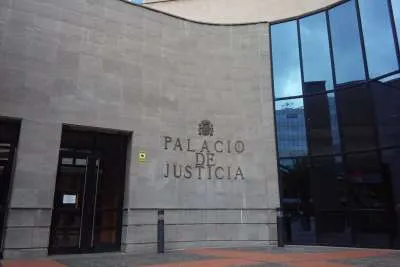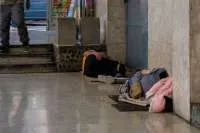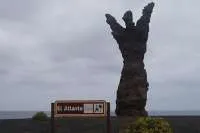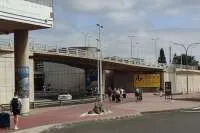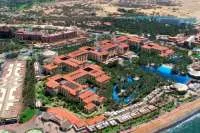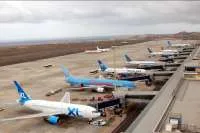The tourism sector wants input to solve traffic problems in the south of Tenerife
- 31-07-2023
- Tenerife
- Canarian Weekly
- Photo Credit: Tourinews
One of the things that is concerning the tourism industry in Tenerife the most is the difficulty faced by many employees, who live outside the main tourist towns of Adeje, Arona, or Guía de Isora, in getting to work every day via the TF-1 motorway due to long queues.
Every morning and evening it is almost gridlocked causing the ancillary roads to come to a standstill as well, meaning problems, not only for workers, but also for taxi drivers, delivery companies, and coaches going to and from the airport.
Because of this, the Tenerife Cabildo and Ashotel (hoteliers association) have had a meeting to analyse the measures that can improve the mobility of workers in the tourism sector.
The meeting focused largely on the pilot project developed by Ashotel involving 1,500 workers from hotel groups who are members of the association, by studying their mobility patterns and how their journey to work can be made easier.
The Minister of Mobility, Eulalia García, said: “It is important that the tourism sector of Tenerife is involved in improving mobility and that the Cabildo establishes measures related to transport on demand or an increase in buses in tourist areas. We need to find out more about this problem and see how it affects other sectors, which is why we have agreed to have another meeting in a few months.”
The insular government is working to implement measures in the short, medium, and long term to alleviate and solve traffic problems in the south, with the tender just put out for the new ‘false’ tunnel in the Las Americas to Costa Adeje section of the TF-1 and for the third lane of the motorway between Los Cristianos and Las Chafiras.
However, one of the main concerns about both of these ‘long term’ projects, is the traffic problems they will cause over the next 4 or 5 years whilst they are being constructed.
Other articles that may interest you...
Trending
Most Read Articles
Featured Videos
A Vision of Elvis Tenerife Promo
- 10-05-2025
Tenerife Travel Guide
- 13-12-2024
Live webcam from Lanzarote airport
- 13-12-2024


